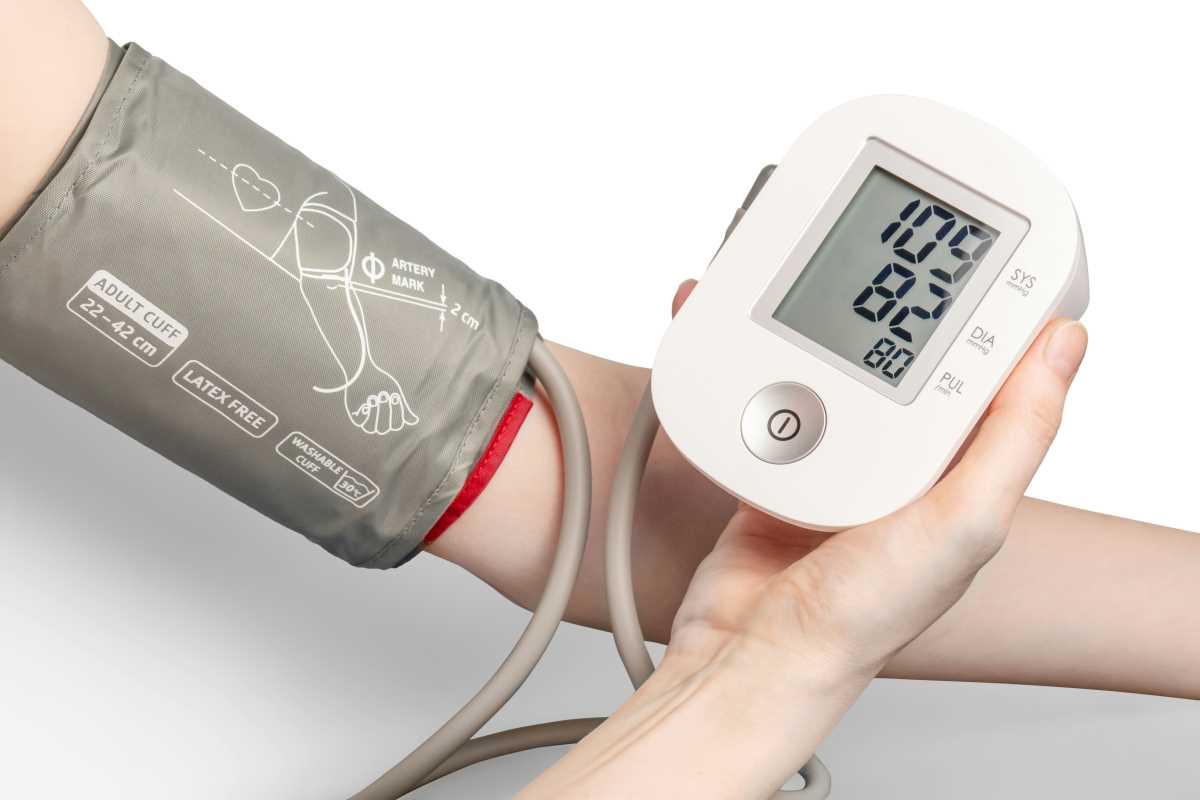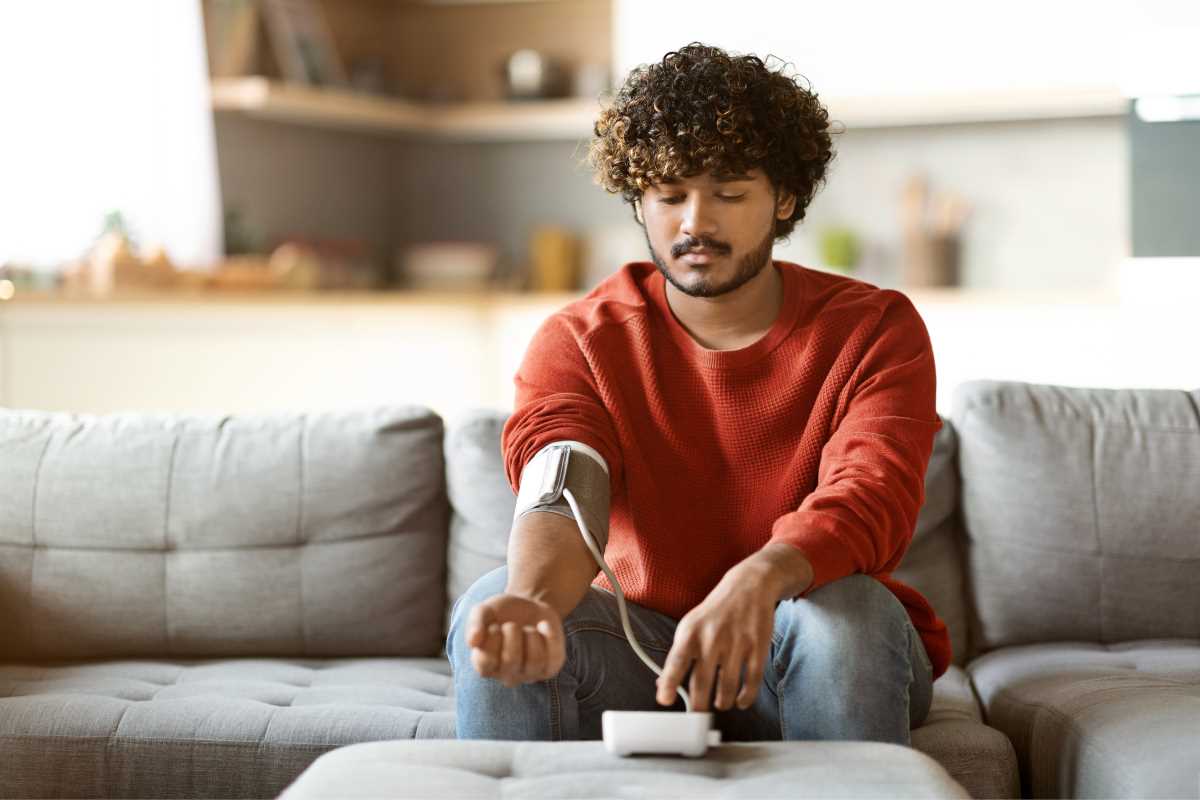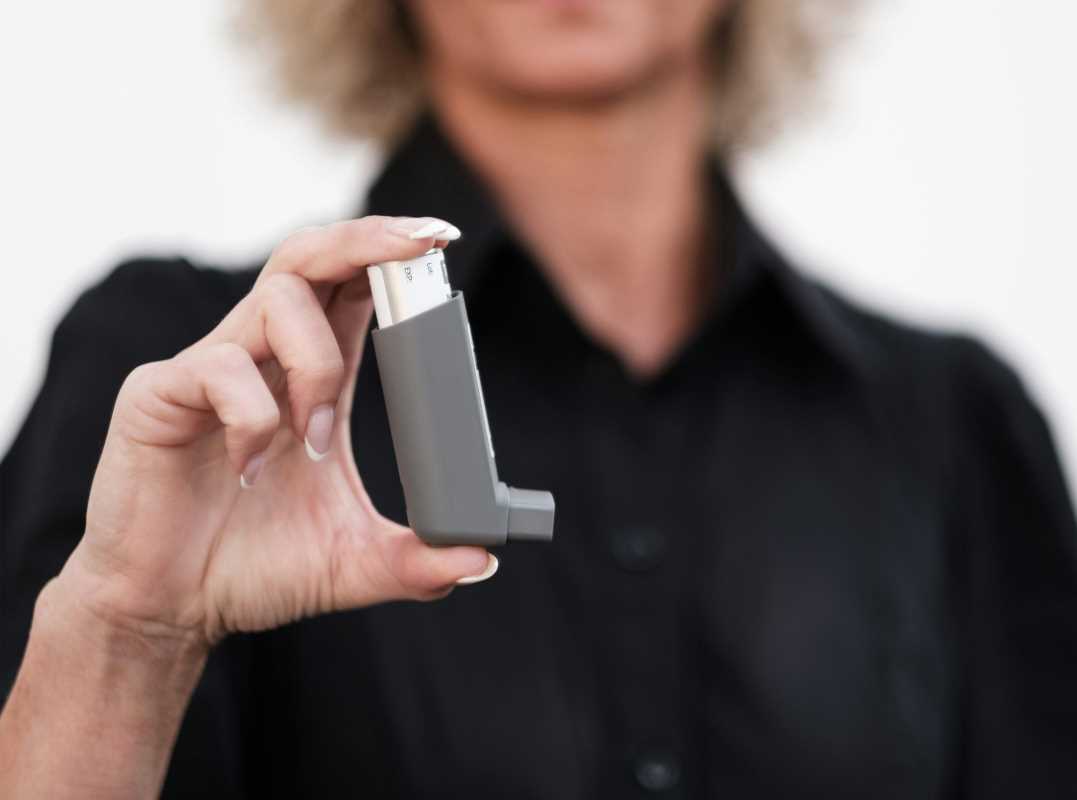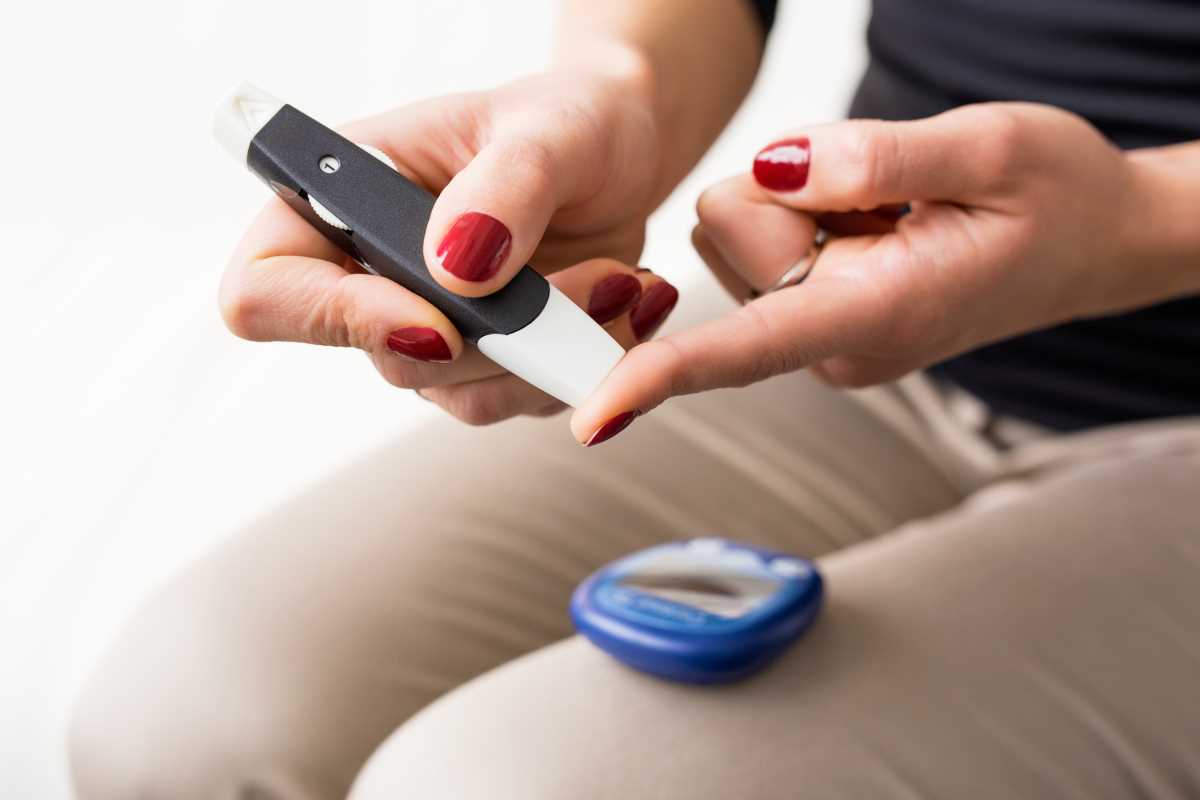Strong, healthy bones often don’t get much attention—until there’s a problem. Osteoporosis, a condition where bones become weak and brittle, typically develops silently over time. Without early detection, many people are unaware of their condition until they experience a fracture. That’s why it’s crucial to be aware of the early warning signs. Catching these signs early may give you the chance to take preventive action and protect your bone health.
Here are 10 early indicators of osteoporosis that you shouldn’t ignore, along with practical advice to keep your bones strong and healthy.
1. Frequent Fractures
Fractures, especially from minor falls or injuries, are one of the most telling signs of weakened bones. If you’re breaking bones from simple activities—like stepping off a curb or twisting your ankle—it may indicate that your bone density has decreased.
Why It Matters:
Osteoporosis drastically reduces bone strength, making even low-impact movements risky. Repeated fractures are often a red flag that your bones need immediate attention.
What You Can Do:
- Talk to your doctor about a bone density scan (DEXA scan).
- Incorporate calcium and vitamin D into your diet to improve bone strength.
2. Loss of Height
Are you shorter than you remember? Losing height over time might seem like a normal part of aging, but it’s actually a sign your vertebrae—bones in your spine—may be weakening or even compressing.
Why It Matters:
Vertebral compression fractures can occur silently, and losing more than an inch of height often points to underlying bone damage that needs evaluation.
What You Can Do:
- Practice good posture and include weight-bearing exercises in your routine.
- Consider bone-quality supplements under the guidance of your healthcare provider.
3. Chronic Back Pain
Persistent or severe back pain could signal fractures in your spinal vertebrae, a common complication of osteoporosis.
Why It Matters:
Weakened vertebrae can crack or collapse under normal movement, leading to pain that doesn’t go away. Ignoring it might result in long-term discomfort or compromised mobility.
What You Can Do:
- Don’t dismiss chronic back pain as simple “wear and tear.” Speak to your doctor for a thorough examination.
- Focus on exercises that strengthen core muscles to support your spine.
4. Change in Posture (Stooped Appearance)
A noticeable stoop, also called a “dowager’s hump,” is often caused by small fractures in the spine due to weakened bones. Over time, these fractures can cause your posture to curve forward.
Why It Matters:
A stooped posture isn’t just aesthetic—it signals structural weakness in your bones that can limit lung and organ space, affecting overall health.
What You Can Do:
- Engage in posture-improving activities like yoga or Pilates.
- Ensure your diet is rich in magnesium for better bone health.
5. Weak Grip Strength
It might seem unrelated, but studies have shown that weak grip strength can be linked to lower overall bone density. If everyday tasks like opening jars are becoming more difficult, it might be time to investigate.
Why It Matters:
Grip strength is a useful marker for overall muscle and bone health, particularly in older adults. If your grip is getting weaker, your bones might be, too.
What You Can Do:
- Add strength training exercises like squeezing a stress ball or using resistance bands.
- Work on improving hand and forearm strength as part of your routine.
6. Receding Gums
Believe it or not, your gums might provide hints about your bones. For some individuals, receding gums can indicate bone loss, particularly in the jawbone.
Why It Matters:
Bone loss in the jaw isn’t just about dental health—it could be an indicator of general bone density issues.
What You Can Do:
- Make regular visits to your dentist and mention any gum changes.
- Look into sources of collagen, as it can support both bone and gum health.
7. Brittle Nails
Nails that crack or break easily might not just be a cosmetic concern—they could point to lower bone density.
Why It Matters:
Fingernail health often correlates to underlying mineral deficiencies, which also affect bones. Weak nails might indicate a diet or absorption issue impacting bone health.
What You Can Do:
- Add biotin and silica-rich foods (like bananas and leafy greens) to your diet.
- Stay hydrated to maintain strong hair, skin, and nails—along with bones.
8. Reduced Fitness Level
If activities like jogging, climbing stairs, or even walking short distances feel more challenging, it could be due to weakening bones and muscles.
Why It Matters:
Your bones and muscles work together to support movement. Difficulty keeping up with physical activities can signal underlying skeletal weakness that may worsen if ignored.
What You Can Do:
- Focus on weight-bearing exercises like brisk walking, dancing, or light jogging.
- Include foods rich in protein to support muscle and bone synergy.
9. Family History of Osteoporosis
If osteoporosis runs in your family, you may be at a higher risk of developing the condition yourself. Genetics play a substantial role in determining your bone density and overall skeletal health.
Why It Matters:
Even if you don’t see immediate symptoms, a family history could predispose you to earlier bone weakening. Prevention becomes especially important if osteoporosis is common in your family.
What You Can Do:
- Share your family medical history with your doctor.
- Start preventive measures, like calcium supplementation and regular exercise, earlier in life.
10. Low Levels of Vitamin D
Vitamin D plays a crucial role in helping your body absorb calcium, which is vital for bone strength. A deficiency in this nutrient can accelerate bone loss.
Why It Matters:
Without enough vitamin D, your bones may become weaker over time, increasing the risk of osteoporosis even in the absence of other symptoms.
What You Can Do:
- Spend at least 15-20 minutes in sunlight daily, as it helps your body produce vitamin D naturally.
- Include fortified foods, fatty fish, and egg yolks in your diet or discuss supplements with your doctor.
When to Seek Medical Help
If you notice any of these signs, it’s essential to act early. Osteoporosis is often silent until it leads to fractures, but you don’t have to wait for an accident to confirm your suspicions. A medical evaluation can include a DEXA scan to measure your bone density and simple blood tests to check for deficiencies in calcium, vitamin D, and other key nutrients.
Red Flags That Require Immediate Attention:
- Fractures from minor injuries
- Persistent pain or reduced mobility
- Rapid loss of height
Supporting Your Bone Health
Preventing osteoporosis is possible, and managing it is easier with the right strategies. Here are some actionable ways to keep your bones strong:
- Eat Well: Focus on calcium-rich foods like dairy, leafy greens, almonds, and fortified cereals. Don’t forget vitamin D to help your body absorb calcium.
- Stay Active: Choose weight-bearing exercises like walking or resistance training.
- Avoid Smoking and Excessive Alcohol: Both can weaken bones over time.
- Get Screened: Discuss osteoporosis risk factors with your doctor, especially if you’re over 50 or have a family history of the condition.
Disclaimer: The content provided on SuperHealthyTips is for informational and educational purposes only. This information is not intended to be a substitute for professional medical advice, diagnosis, or treatment.
 (Image via
(Image via





